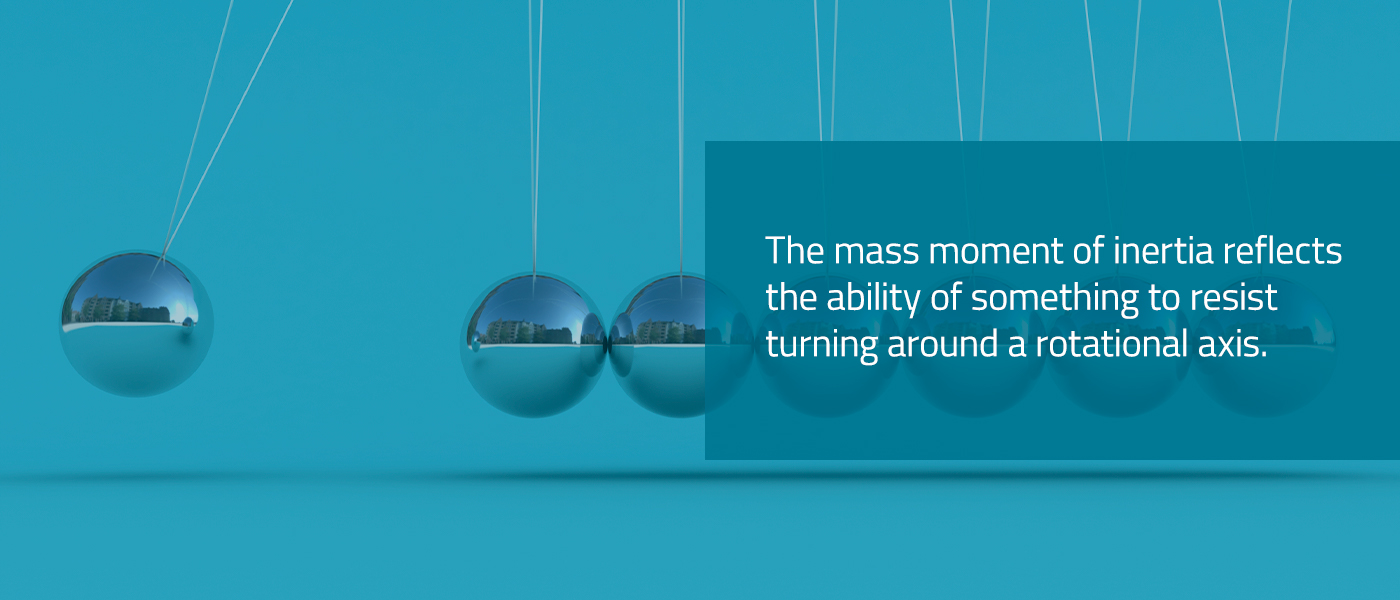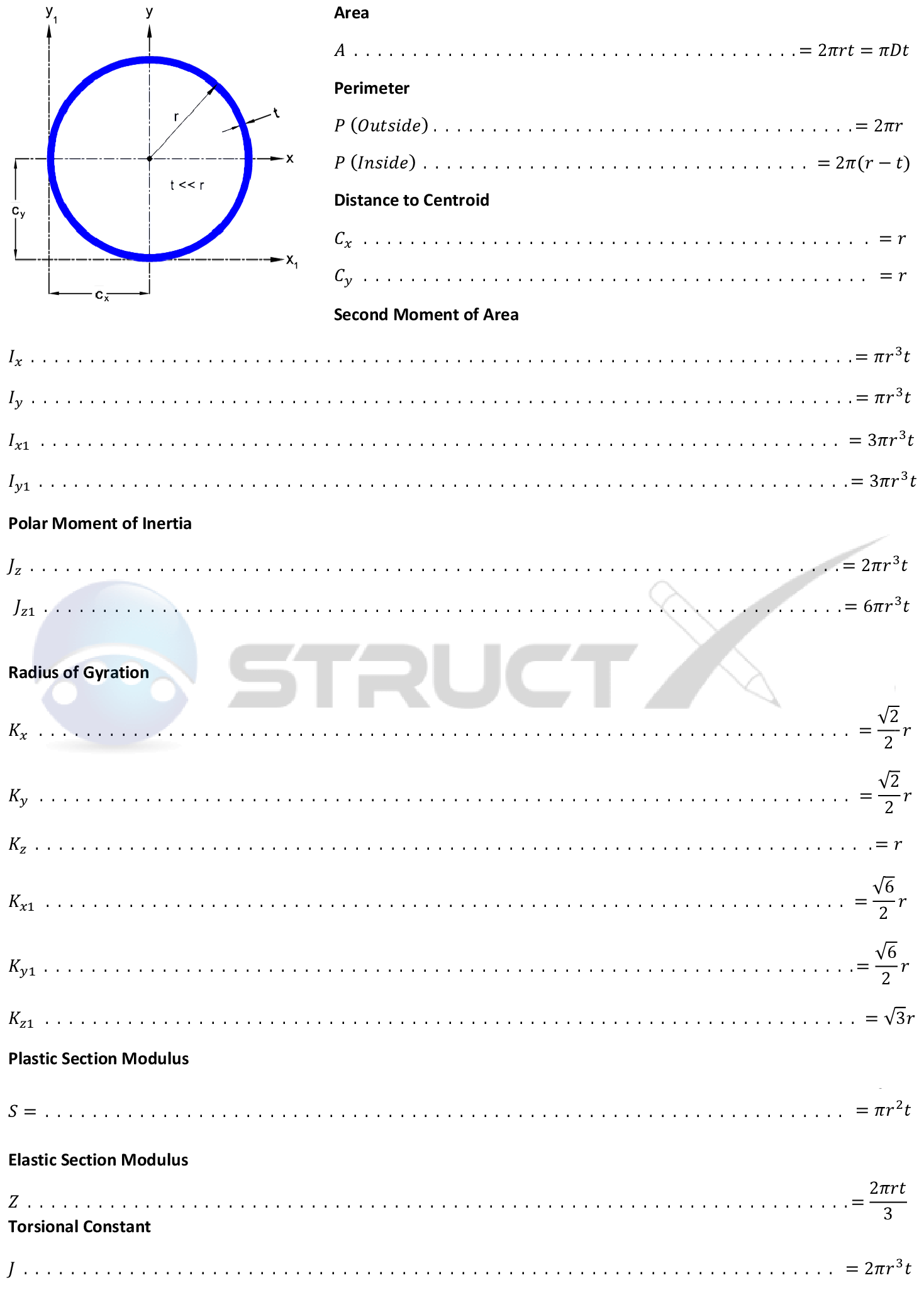
The moment of inertia of a triangular section of height h, about an axis passing through its center of gravity G and parallel to the base BC, as shown in Fig. The moment of inertia of a hollow circular section of outer diameter D and inner diameter d, as shown in Fig. The moment of inertia of a circular section of diameter D as shown in Fig. The moment of inertia of a hollow rectangular section, as shown in figure 1.13 is given byĥ. The moment of inertia of a rectangular section having width b and depth d as shown inĤ. The moment of inertia of a thin rod of mass m and length l, about an axis passing through its centre of gravity and perpendicular to its length isĪnd moment of inertia about a parallel axis through one end of the rod,ģ. The moment of inertia of a thin disc of mass m and radius r, about an axis passing through its center of gravity and perpendicular to the plane of the disc isĢ. The following are the values of I for simple cases :ġ. Ip) may be obtained by usingĪccording to parallel axis theorem, the moment of inertia about a parallel axis, Known, then the moment of inertia about any other parallel axis (i.e. If the moment of inertia of a body about an axis passing through its center of gravity (i.e. units, the unit of mass moment of inertia is kg-m2 and the moment of inertia of the area It is defined as the distance from a given reference where the whole mass or area of the body is assumed to be concentrated to give the same value of I. If, instead of mass, the area of the figure is taken into consideration, then moment of inertia of the area is given by

1.11, then mass moment of inertia of the whole body is given by If k1, k2, k3 etc, are the distances from a fixed line, as shown in Fig. Let it is composed of small particles of masses m1, m2, m3 etc. It is usually denoted by I.Ĭonsider a body of total mass m. axis of cylinder, passes through centers of all the circles. open-ended hollow cylinder of base radius. For example, a column with an elliptical cross-section will tend to buckle in the direction of the smaller semi axis.Moment of Inertia – It may be defined as the moment of the moment i.e. Quotient where is a natural radius of rotation about that axis. Note: If the principal moments of the two-dimensional gyration tensor are not equal, the column will tend to buckle around the axis with the smaller principal moment.

So, as we mentioned above that the radius of gyration is directly proportional to the moment of inertia that means the ratio of moment of inertia of both disc and ring is equals to the ratio of their radii i.e.

Where, $I$ is the moment of inertia, $M$ is the mass of a body, and $K$ is the radius of gyration.Īs we know that, the radius of gyration is directly proportional or related with the moment of inertia, so we need to apply the formula of moment of inertia in the terms of radius of gyration:-Īs per the question, we will find the moment of inertia of a disc and circular ring about a tangential axis in their planes respectively.

It should not be confused with the second moment of area, which is used in bending calculations. Mass moments of inertia have units of dimension mass x length2. Moment of inertia in the terms of radius of gyration: The mass moment of inertia, usually denoted I, measures the extent to which an object resists rotational acceleration about an axis, and is the rotational analogue to mass. And then we will find the ratio of moment of inertia of the circular disc and the circular ring. So, we will apply the formula of moment of inertia of both circular ring and circular disc separately. Radius of gyration or gyradius of a body about an axis of rotation is defined as the radial distance of a point, from the axis of rotation at which, if whole mass of the body is assumed to be concentrated, its moment of inertia about the given axis would be the same as with its actual distribution of mass. Hint: After reading the question, as we know that the radius of gyration of a disc or a ring is directly proportional to the moment of inertia.


 0 kommentar(er)
0 kommentar(er)
